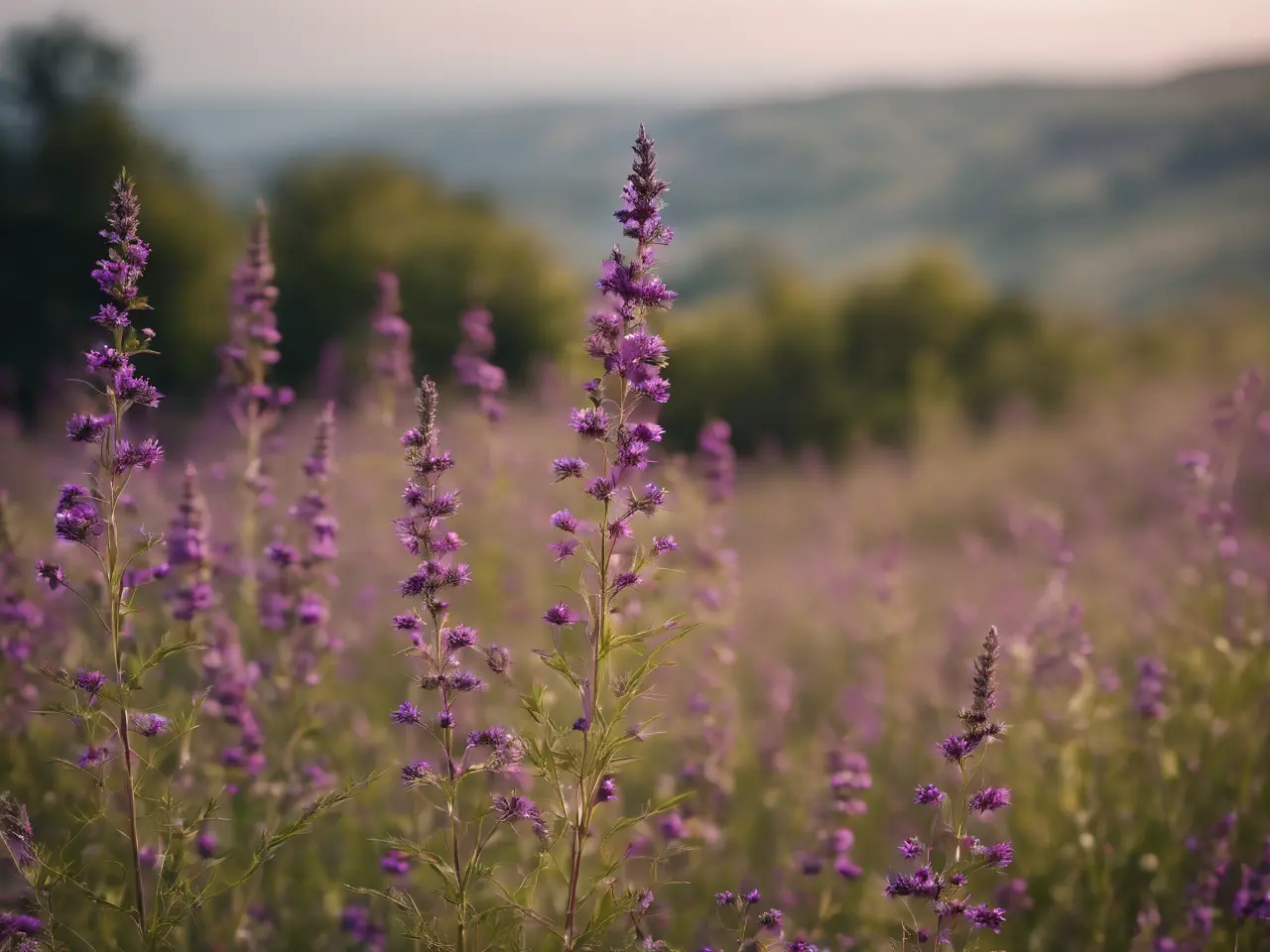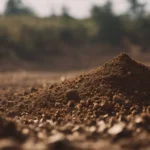In fields, along roadsides, and in untended gardens, one might often spot tall weeds adorned with striking purple flowers. These plants, while sometimes considered unsightly or invasive, can capture attention with their vibrant blooms. This article aims to shed light on these mysterious plants, identifying and exploring the common types of tall weeds with purple flowers that are frequently encountered in various landscapes.
Common Types of Tall Weeds with Purple Flowers
There are several types of tall weeds with purple flowers, each with unique characteristics and growing habits. Some of the most commonly seen include thistle, purple loosestrife, ironweed, and Joe-Pye weed. These plants, while often grouped together due to their height and flower color, have distinct features that set them apart.
Thistle
Thistle is perhaps one of the most recognizable of these weeds, known for its spiny leaves and distinctive purple flower heads. There are various species of thistle, including the common thistle (Cirsium vulgare) and the Canada thistle (Cirsium arvense), each found in different habitats. Thistles are often found in disturbed soils, fields, and roadside areas and can be identified by their prickly leaves and tall, erect stem topped with a purple bloom.
Purple Loosestrife
Purple loosestrife (Lythrum salicaria) is a tall, robust weed that features a striking spike of purple flowers. It is often found in wetlands, along streams, and in other moist environments. While beautiful, purple loosestrife is considered an invasive species in many areas, known for its aggressive growth and ability to outcompete native plants.
Ironweed
Ironweed (Vernonia spp.), another common tall weed with purple flowers, typically grows in prairies and open fields. It is characterized by its tall stature, often reaching heights of up to 6 feet, and its small, vibrant purple flowers that cluster at the top of its stems. Ironweed is a native species in many parts of North America and is appreciated for its late-summer bloom.
Joe-Pye Weed
Joe-Pye weed (Eutrochium purpureum), known for its tall growth and mauve-purple flowers, is a staple in native plant gardens and natural landscaping. This weed, often found in moist areas like wet meadows and alongside streams, can grow up to 7 feet tall. Its flowers, grouped in large, dome-shaped clusters, bloom in late summer and attract a variety of pollinators, including butterflies and bees.
Identifying Features of These Weeds
Identifying these tall weeds with purple flowers involves examining their leaves, stems, flowers, and overall growth patterns. Here’s a closer look at each:
- Thistle: Look for spiny, serrated leaves and a rough, prickly stem. The purple flowers are usually solitary, globe-shaped, and sit atop the stem. Thistles can grow up to 5 feet tall.
- Purple Loosestrife: This plant features long, narrow leaves arranged opposite or whorled on the stem. The purple flowers are densely packed along tall, spike-like inflorescences. Purple loosestrife can reach up to 6 feet in height.
- Ironweed: Ironweed has long, lance-shaped leaves with rough surfaces. The small, vivid purple flowers cluster densely at the top of the plant. Ironweed stands out for its height, often towering above surrounding vegetation.
- Joe-Pye Weed: This plant has large, lance-shaped leaves that grow in whorls around the stem. The mauve-purple flowers form large, fluffy clusters. Joe-Pye weed’s height and domed flower clusters make it easy to identify.
By paying attention to these details, you can distinguish these weeds from one another and from other purple-flowering plants.
Ecological Impact and Management
While some of these weeds, like ironweed and Joe-Pye weed, are native and beneficial to local ecosystems, others like purple loosestrife are invasive and can disrupt natural habitats. Managing these plants, especially in areas where they pose ecological threats, requires careful consideration. For invasive species like purple loosestrife, control methods may include mechanical removal, careful application of herbicides, or introducing natural predators.
Conclusion
Tall weeds with purple flowers, such as thistle, purple loosestrife, ironweed, and Joe-Pye weed, each bring a unique presence to the landscapes they inhabit. From the spiny and solitary blooms of thistles to the dense, vibrant spikes of purple loosestrife, these plants are easily identifiable by their distinctive features.
It’s important to recognize the varied impacts these plants have on their environments. While native species like ironweed and Joe-Pye weed play a crucial role in supporting local ecosystems and pollinators, invasive species like purple loosestrife can pose significant threats to native flora and fauna. Effective management and control of invasive species are vital for preserving biodiversity and maintaining healthy ecosystems.
Gardeners and nature enthusiasts can contribute positively by learning to identify these plants and understanding their ecological roles. Whether managing invasive species or cultivating native ones for their beauty and ecological benefits, an informed approach is key.
In summary, the tall weeds with purple flowers that often catch our eye in the wild are more than just visual spectacles; they are integral parts of our natural landscapes. By appreciating their beauty and understanding their impact, we can enjoy and interact with these plants responsibly and sustainably.



